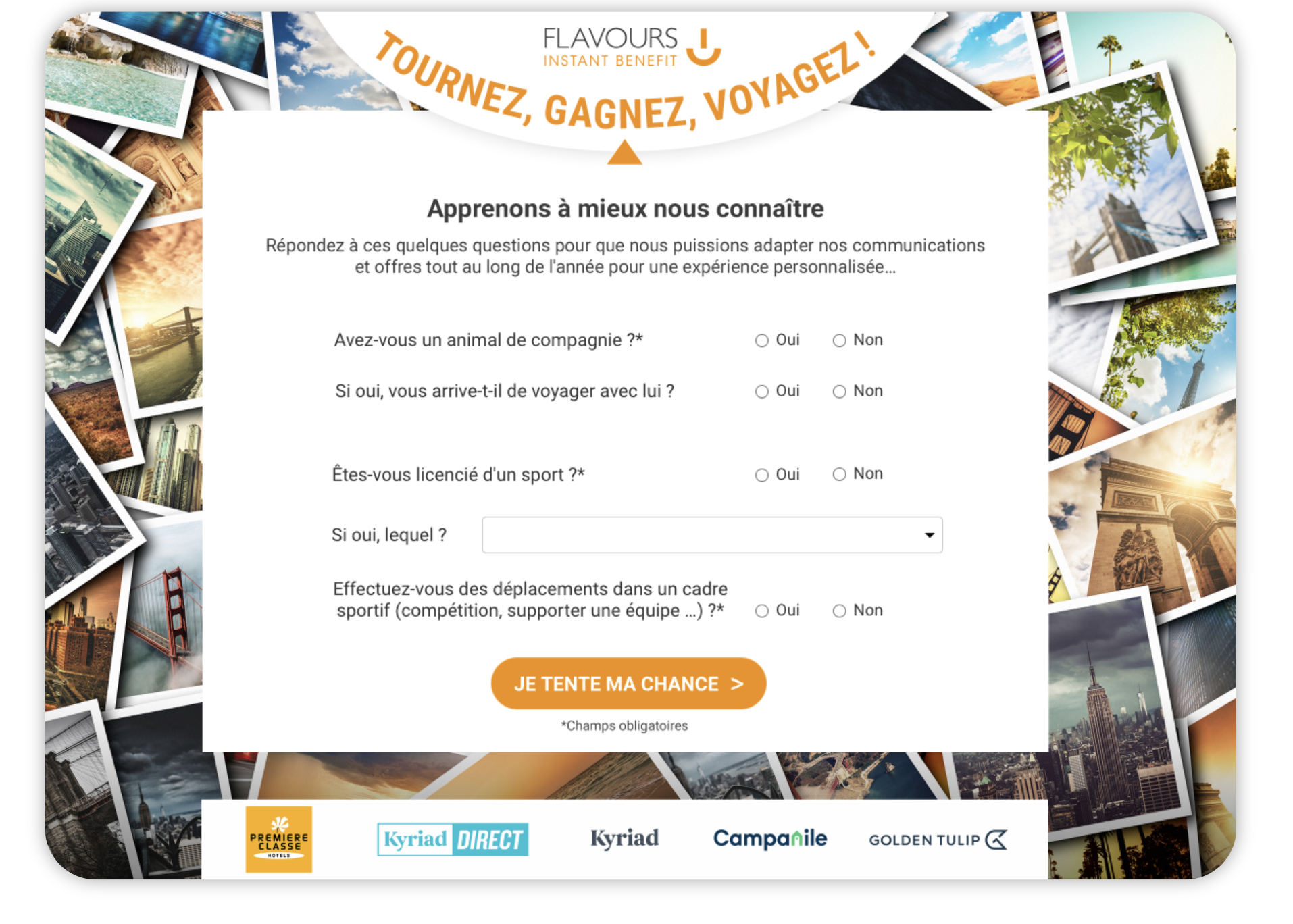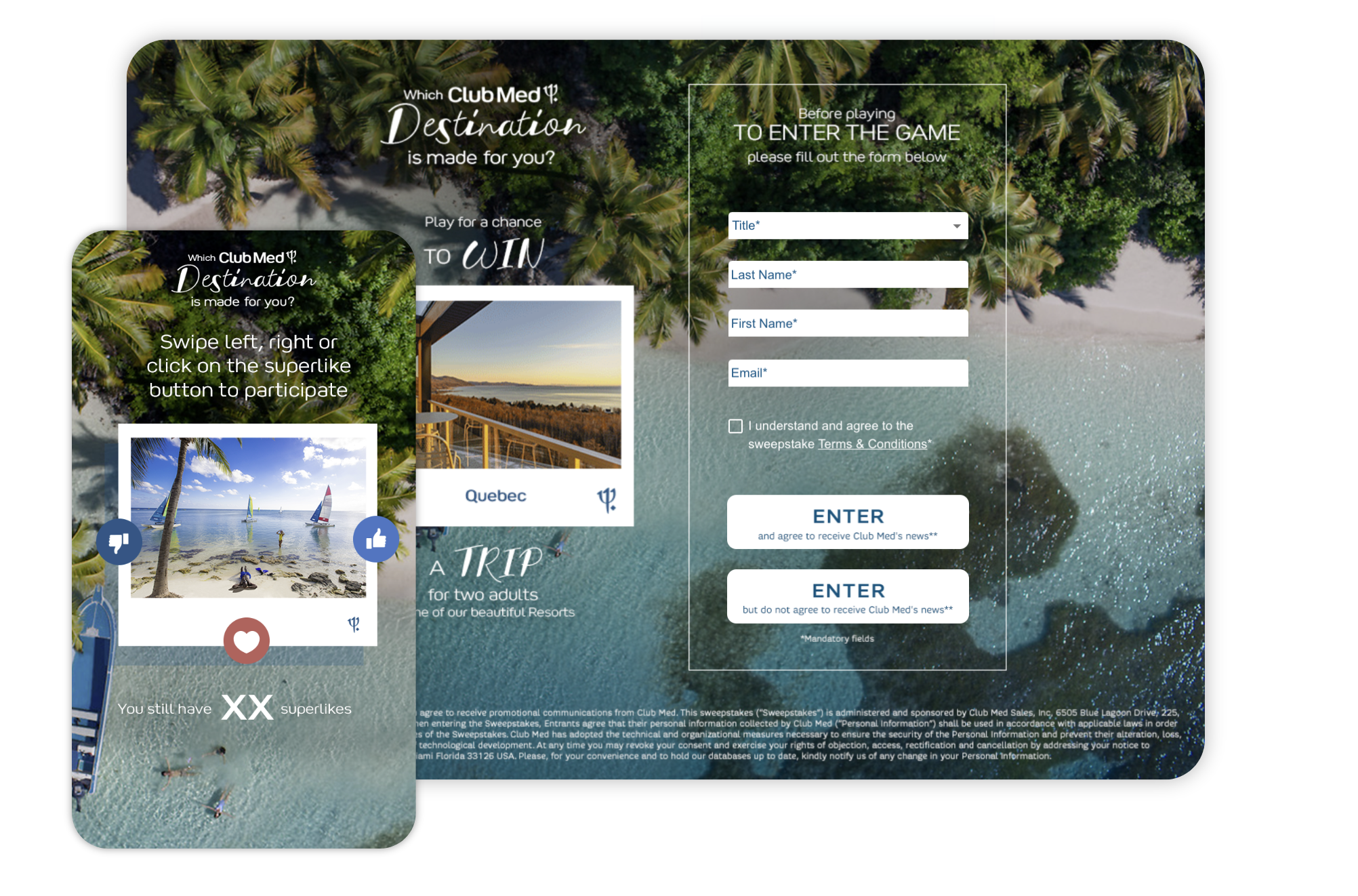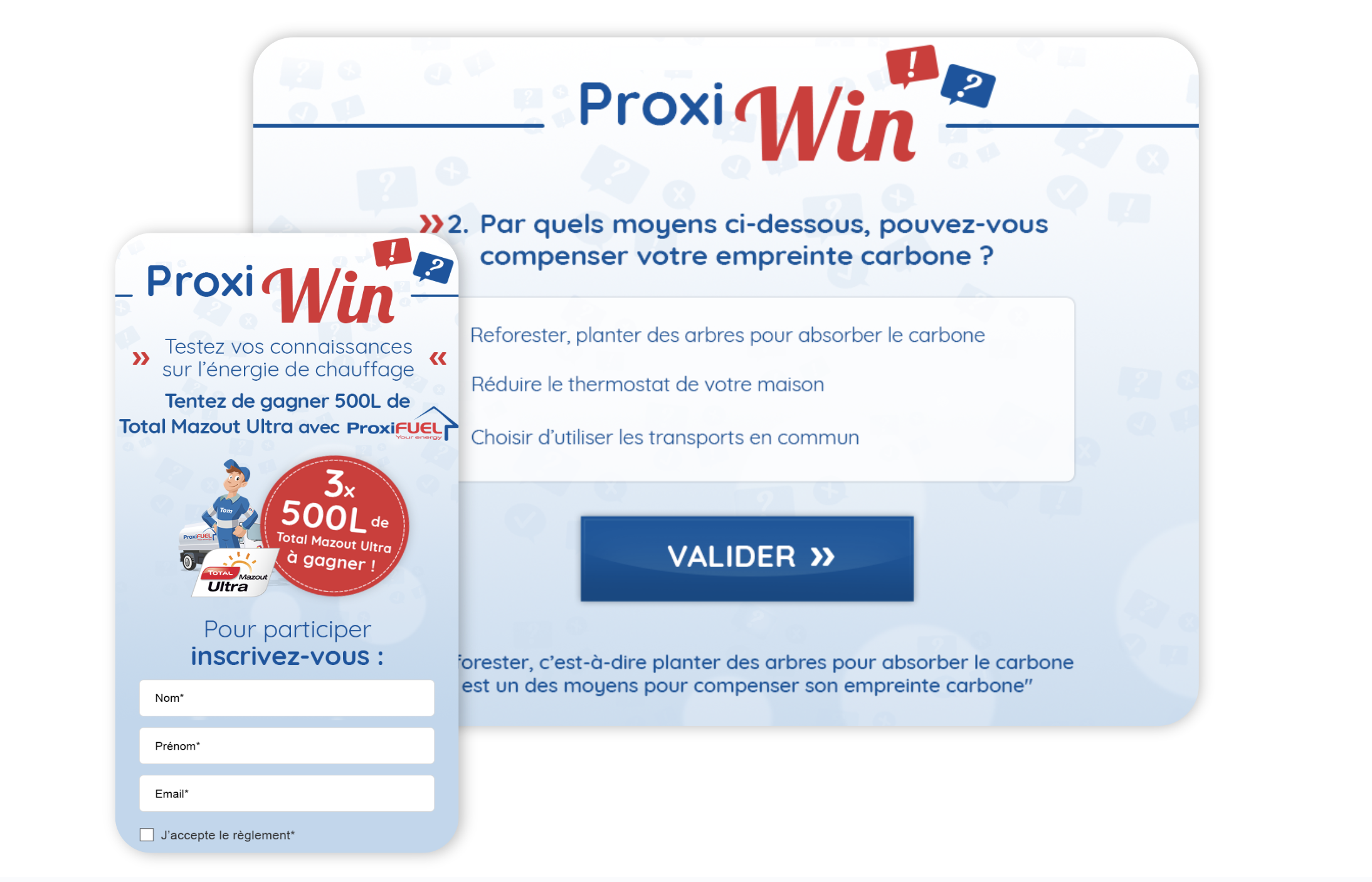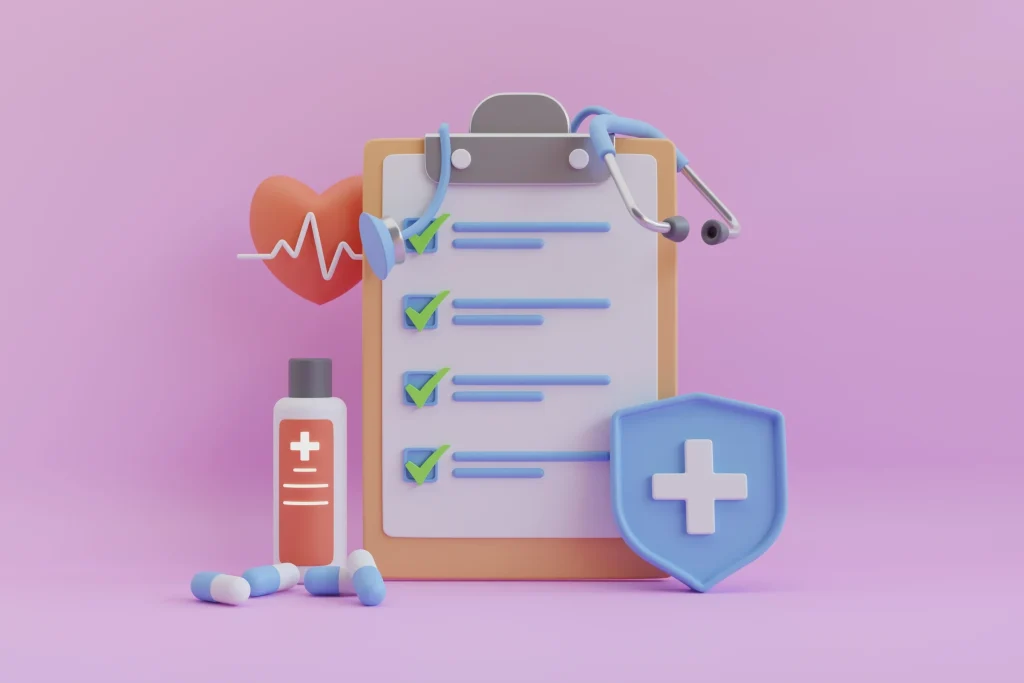
Improving the customer experience through personalised marketing
Personalised marketing is an imperative for brands. A study by Accenture shows that 91% of consumers are more likely to buy from companies that offer relevant content.
These figures illustrate the importance of understaning the expectations of your audience, and of addresing each consumer as a unique individual,
with specific needs. Personalised communication helps to establish a strong relationship, and to engage and retain buyers.
But with the adoption of strict laws and regulations on data collection, it is becoming more complicated for brands to set up a CRM to design personalised campaigns.
In this article, we look at the benefits and challenges of personalised marketing. We will see how gamification platforms can help you overcome these obstacles and deliver personalised messages.
What is personalised marketing ?
Personalised marketing is a strategy that consists of adapting each and every one of your messages and interactions (campaigns, emailing, customer journeys) based on the data collected from its prospects and customers. This may be demographic, psychographic or behavioural data (
product preferences, purchase history, interests).
Personalisation means creating an experience for each customer (or for each customer segment). When this strategy is put in place, it enables brands to ensure that customers feel listened to (without having the impression of being profiled).
It can be found at every stage of the customer journey. It can be involved right from the product or service design stage, by offering audiences the opportunity to give their opinions via a customisation mechanism.
The challenges of personalised marketing
Personalised marketing helps to improve the customer experience by taking account of expectations and preferences. The result is personalised content that increases satisfaction and loyalty.
Over and above the quality of the experience offered, personalised marketing makes it possible to pursue a number of marketing objectives:
- Increase engagement and conversions by deploying marketing actions. A targeted message or product recommendation is more likely to lead to a purchase. Personalisation makes it possible to present products and offers that are likely to be of interest. In addition to conversion objectives, personalisation is used to refine the up- or cross-selling strategy and increase the brand’s average shopping basket.
- Boosting customer loyalty. Content and offers aligned with customer preferences are likely to lead to repeat purchases. A brand that understands and responds to customer needs will create a stronger relationship. Anticipating needs demonstrates real proactivity and interest in the brand, which strengthens loyalty.
- Stand out from your competitors. Rather than slashing prices, the brand can differentiate itself by offering unique, tailor-made experiences.
- Optimise the ROI (Return on Investment) of your campaigns. Investing in personalised marketing generates a higher return on investment than generalist campaigns. Refined customer knowledge and targeted messages will lead to more conversions and therefore better use of your budget.
How do you do personalised marketing?
Personalised marketing is a powerful strategy for targeting, engaging and retaining your audience. Comment la mettre en place ? Voici 3 étapes à suivre pour personnaliser ses prises de parole.
Collecting data (first-party and zero-party)
The basis of a personalisation approach is to understand who you are talking to and the expectations of its audience. This means collecting data, while respecting confidentiality.
Customers need to share information that they feel will have a positive impact on their shopping experience. The transparency and the establishment of a win/win relationship are essential when collecting data for the purposes of personalisation.
This is what the Louvres Hotel group has done. To get to know its audience better, the company has shared a marketing game via which participants could try to win a free trip after filling in a collection form. The company explained at the start of the form that the information would be used to personalise its communications and customer experience.

Creating personalised content
Once the data has been collected, the brand will be able to segment its audience and create targeted content. Club Med has used the data collected as part of a Swiper to retarget new leads. Participants were invited to choose their favourite Club Med resort. This information enabled the company to personalise its email campaigns with relevant content and offers (price range, location, etc.).

Optimising personalised campaigns using customer feedback
Personalisation is a strategy that needs to be continuously improved. Chaque prise de parole et interaction doit permettre à la marque d’affiner la qualité du ciblage. Notamment en sollicitant des feedbacks post achat (via un Interactive survey shared in the order confirmation email).
Total used the marketing game as a lever to enrich its customer base. Sent to a targeted part of its CRM base, the Quiz permited to promote the company’s offer and identify prospects likely to become customers.

Conclusion
Personalise the experience you offer each of your customers by getting to know them better. Our Playable marketing mechanisms allow you to collect personalised data about your audience, with their consent (demographic data, product preferences, etc.). You can then segment your customer base using Segment and create targeted marketing messages that are much more powerful for engagement and conversion.




